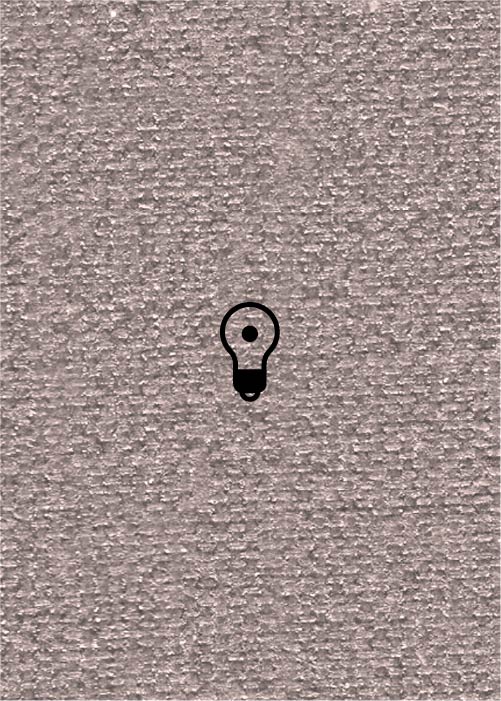(223 results found)

Bulgar (LKT)
… “ Bulgar or bulgarish is a common East European Jewish music and dance form, usually in 2/4 time. While its musical, … of the most common dance and tune genres of the American-Jewish repertoire, popular in parts of Eastern Europe in the …

Doyne (LKT)
… other contemplative, free-meter genres in the East European Jewish tradition, including cantorial recitatives, the kale … but structured melody for listening, from the Romanian-Jewish repertoire. Often performed for guests at the banquet … transitional or ‘Orientalized’ repertoire consisted of the dance genres named volekh , hora , sirba , ange , and …

Taksim (LKT)
… of the Arab taksim... are preserved in Beregovski’s Jewish-Ukrainain klezmer-taksim... ‘ (ibid.: 132) his … this out. Beregovski’s piece is a Romaninan doina, with no Jewish, let alone ‘Arab’ features. Beregovski had observed … structural features’ (Goldin 1987:27). A variant of the dance following the ‘taksim’ (Braun 1987: 136) was recorded …

Volekh (LKT)
… but structured melody for listening, from the Romanian-Jewish repertoire. Often performed for guests at the banquet … “Vulekhl: Literally, ‘a Wallachian one,’ i.e., a dance or tune in Romanian-Jewish style.” Alpert 1996b, p. 59 . “Wulach, Woloch’l. A …

Pastukhel (LKT)
… then it becomes more dramatic...The concluding part is a dance melody. ‘Dos pastekhl’ is one of the richest and most beautiful of Yiddish folk songs. A certain non-Jewish influence heard in the melody is probably Ukrainian. …

Flakstants (LKT)
… hyperlink at the end of each citation. “‘The Flax Dance ( Der Flakstants ).’ Mr. David Rombak, New York, … In the wedding of my cousin’s son, I observed the flax dance. This was in our shtetl, Pilvishok, Lithuania. The … However it is worth adding that the others, the [non-Jewish] Lithuanians, had their ‘flax dance,’ but to a …

Kozatshok (LKT)
… reference. “Sometimes, however, certain [Ukrainian, non-Jewish] melodies are deliberately adopted as extraethnic. In Jewish folk music we have a certain number of melodies … adopted from the Ukrainian (e.g., the very widespread dance tune kozačok ) and a great number of folk songs sung …

Kozatske (LKT)
… aunt asks the musicians to play her a kazatskele (a wedding dance of Russian origin), even though she is poor and cannot pay for it. The first part of the melody is of Jewish origin, the latter part is Russian and in keeping … 28 . “ ‘Kozatz’keh : ’ This dance was popular both among Jewish Ukraine and Jewish Poland. There is nothing to …

Kozak (LKT)
… at the end of each citation, you get the full reference. “Jewish musicians used to play frequently at non-Jewish weddings and festivities where they undoubtedly … played Jewish tunes in addition to the Ukrainian dance-repertoire. In the same way they brought their …

Patsh Tants (LKT)
… end of each citation, you get the full reference. “Patch Dance.” Delakova and Berk 1948, pp. 23-24 . (Musical … a style of dances that was very widespread in Jewish weddings. The scholar and musicologist Moshe … European origin, In a slow duple meter, it is part of the Jewish wedding. While dancing in a circle, the participants …


